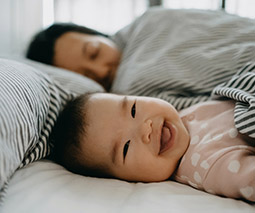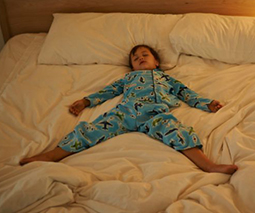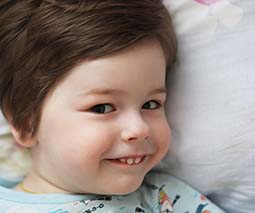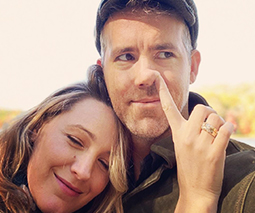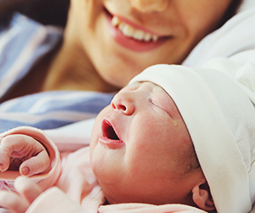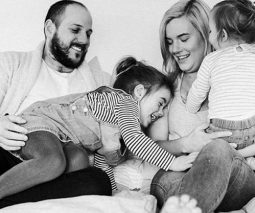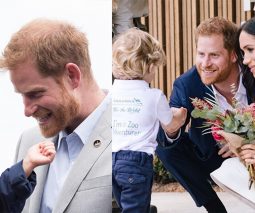What actually happens when you take your child to a sleep clinic?
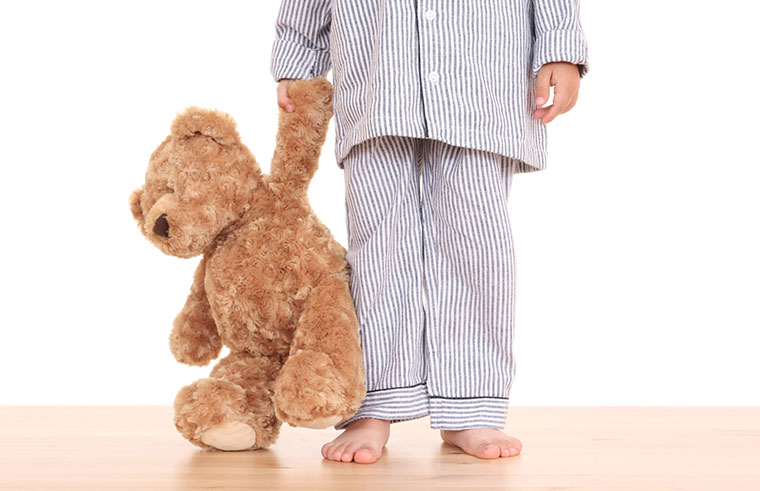
Children with sleep disorders will sometimes find themselves being monitored in a sleep clinic, but what does this actually mean? Professor Sarah Blunden, paediatric sleep specialist from the Sleep Health Foundation explains all there is to know about sleep clinics for children.
What are sleep clinics like?
According to Sarah, a sleep clinic for a child is very different from a sleep clinic for an adult. “The systems by which they work and the diseases, such as sleep apnoea, from which they suffer are very different in childhood than they are in adults,” she says. “So, you can’t put a child into an adult sleep lab and vice versa.”
When a child does go to a sleep clinic, they are accompanied by their parent or parents. “Paediatric sleep clinics these days are really fun,” says Sarah. “There are lots of things to do and you can play with toys and the staff are pretty paediatric friendly.”
Listen to Professor Sarah Blunden on Feed Play Love:
What happens next?
“The first thing is that you would need to have a whole range of electrical leads placed onto the child’s scalp, so they’re kind of pasted on with some special paste,” says Sarah. “These leads read the brainwaves, which are important because they tell us what stage of sleep the child is in because each stage of sleep has a very specific characteristic brainwave pattern and brainwaves are important to diagnose a whole range of sleep disorders.”
Sarah says the child’s head will be covered with anywhere from 12 to 16, or more, of these leads over the scalp, depending on what’s being measured and how comprehensive that test might be. “There will be a little thing underneath the nose to check airflow, and there will be bands around the chest and the waist to check the effort of the child’s body while they’re breathing. Because in some sleep disorders the body might be breathing but the air might not be moving and that’s an indication of sleep apnoea,” she says. “There might be leads also on the legs and on the arms to check twitching, which is another sleep disorder called periodic limb movement disorder.”
Do all children go to sleep?
With so many leads and other bits and pieces, it can be difficult for some children to get to sleep, but apparently, they do sleep. Only about three to four hours of sleep are needed to diagnose a problem.
“Children get overwhelmed quickly,” says Sarah. “Some of them are great and just cruise along and have a wonderful time, but many of them are anxious. Some of them hate things being stuck on their head and the ‘bandaid’ feel of these things on their skin.”
“We did have children that would come in and not go to sleep until very late,” explains Sarah, “but they would go to sleep because the environment itself is conducive to sleeping. And sleep drive is pretty overwhelming, particularly when you’re a child. It’s very hard to fight it when you’re really tired. You will fall asleep.”
What next?
The results are sent back to the doctor or specialist who initially referred the child to the sleep clinic. This might be a neurologist, a respiratory physician, a planned physician, even a GP depending on the presenting problem. “Sleep technicians will be looking at the studies saying, this looks like a sleep apnoea, this looks like a periodic limb movement, this looks like a this or a that, and it brings out the physiology of the sleep report,” says Sarah. “The specialist will look at that report and look at the findings and come up with his or her diagnosis from that point. It depends on where you go, as to what happens but usually, the child and the family have to go and visit a specialist either in the hospital or in their private rooms after the fact.”
